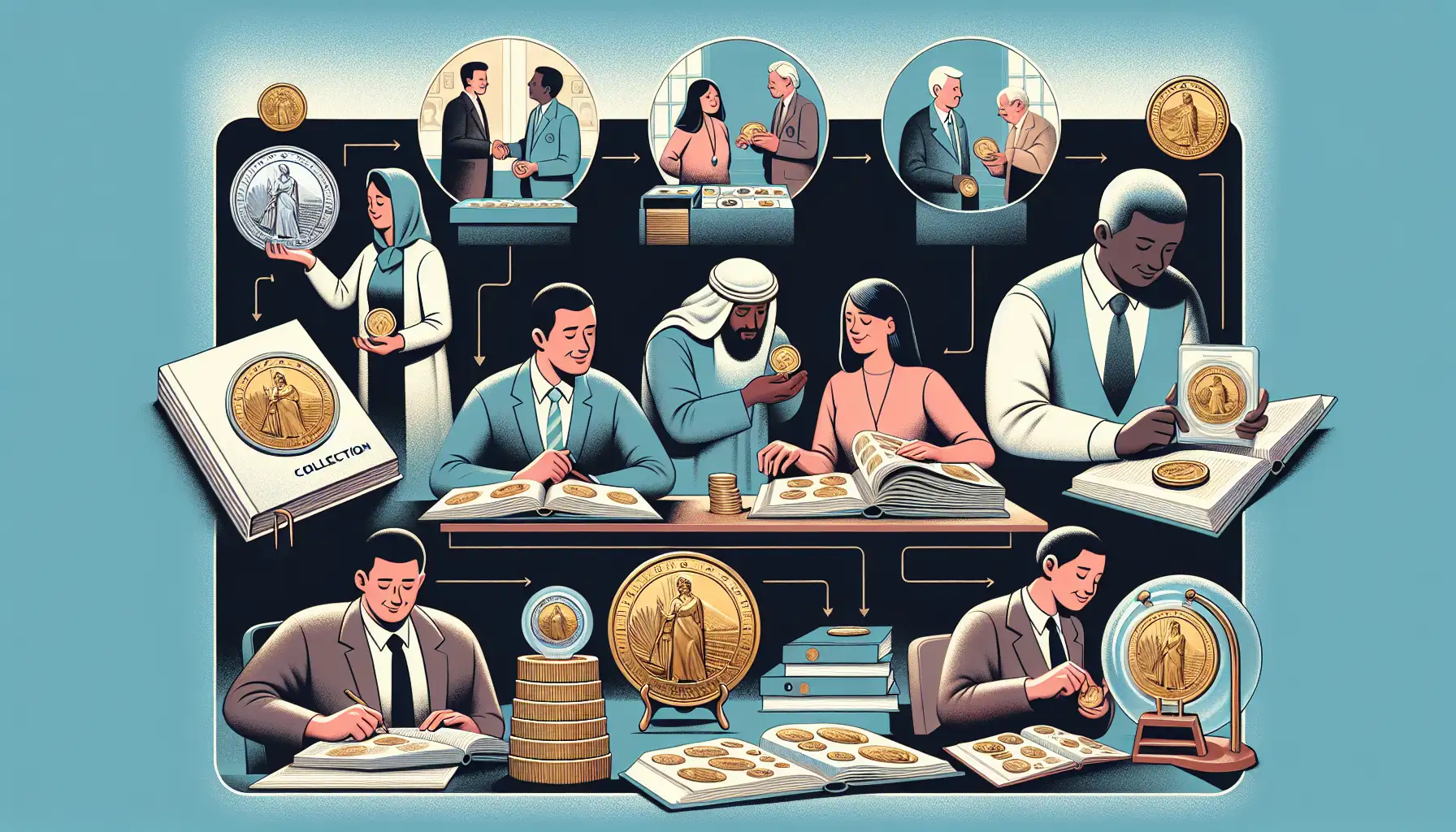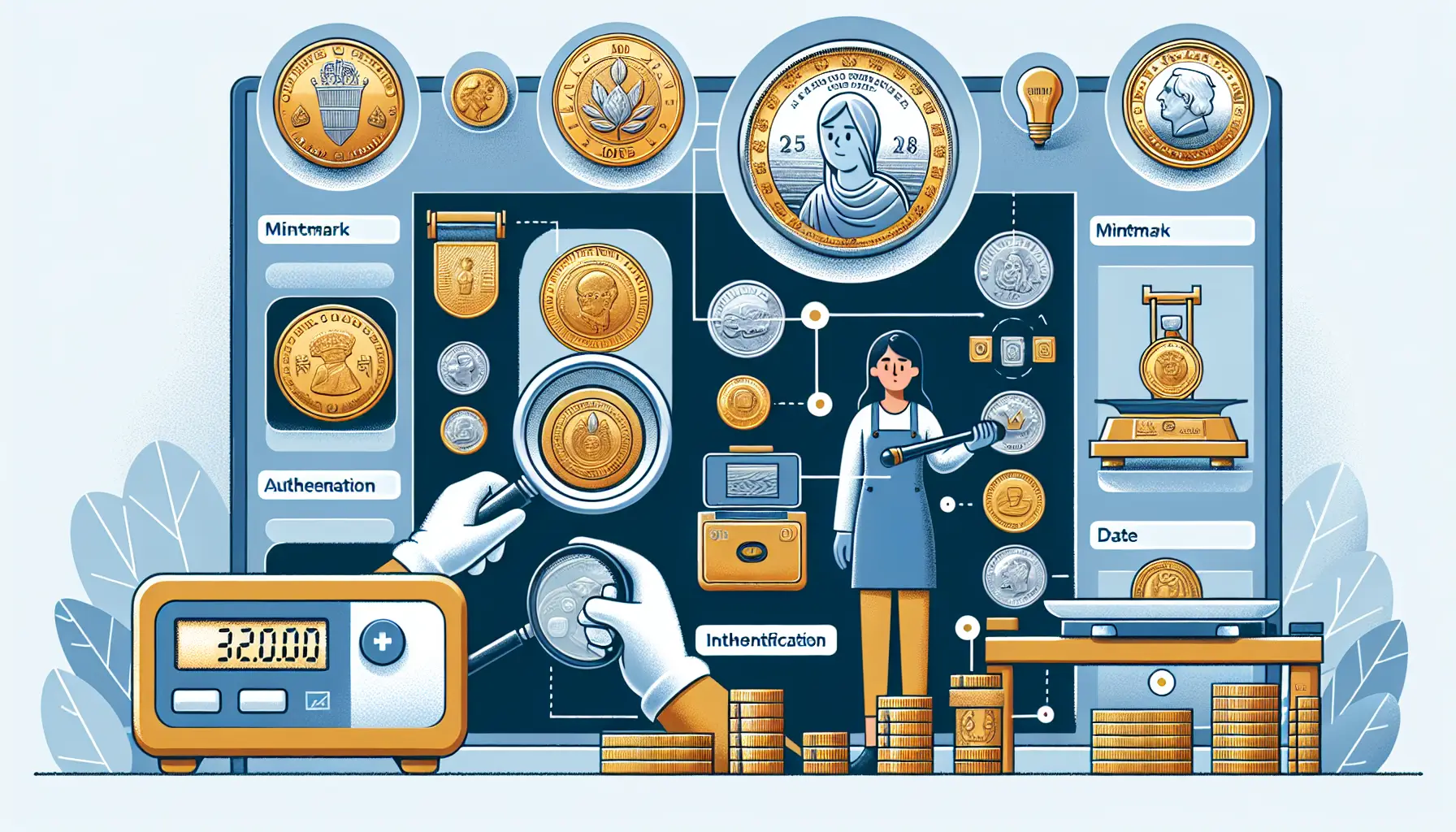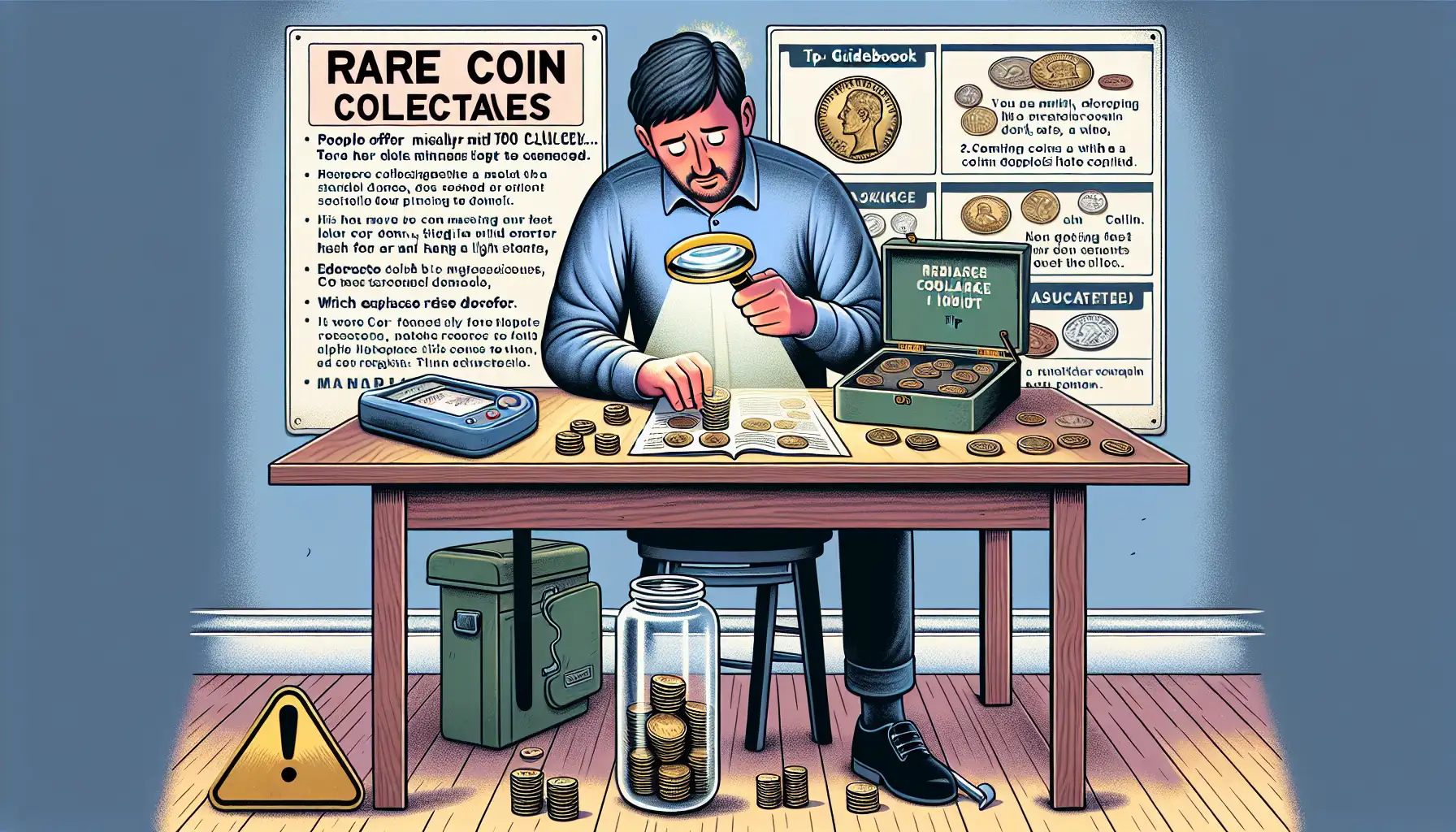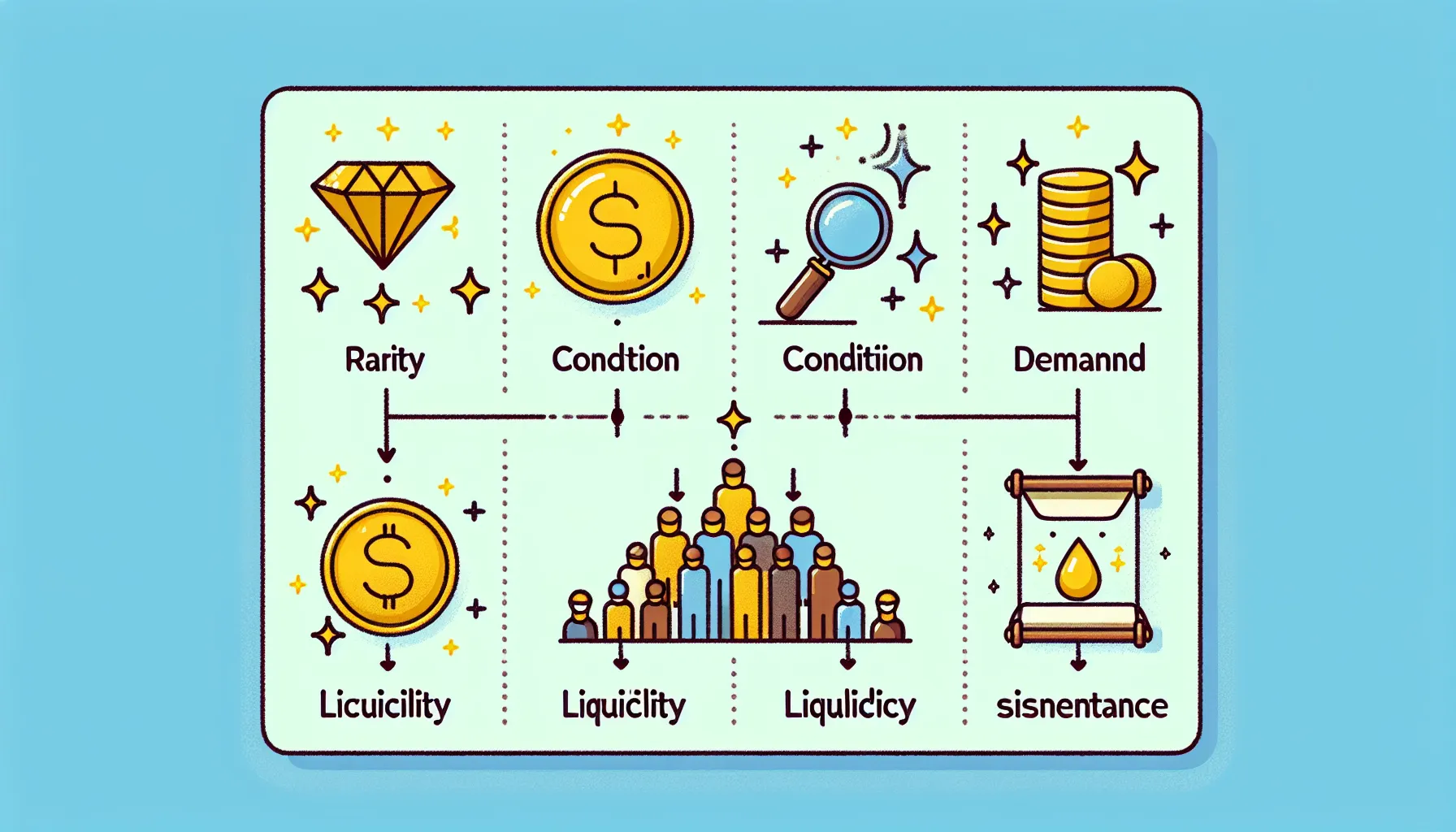Understanding the Appeal and Value of Limited-Edition Coins
Why Limited-Edition Coins Hold a Special Place
There’s something undeniably magical about holding a
limited-edition coin in your hands. It’s not just metal—it’s history, artistry, and rarity fused into a tangible masterpiece. Imagine owning a coin that only a few people in the entire world can claim as theirs. That’s more than ownership; it’s being part of an exclusive story.
Collectors often find themselves drawn to these treasures for a variety of reasons:
- Historical Significance: Some coins commemorate pivotal events or figures, making them miniature time capsules.
- Artistic Beauty: Intricate designs and craftsmanship turn these coins into works of art.
- Rarity: Knowing only a handful exist makes each coin feel uniquely personal.
But it’s not all about aesthetics or value. A limited-edition coin can evoke powerful emotions. Maybe it reminds you of a family tradition, or perhaps it symbolizes a milestone in your life. Whatever the reason, these coins have a way of connecting us to moments we hold dear.
Key Steps for Starting a Limited-Edition Coin Collection

Unearthing Hidden Gems: The Thrill of Limited-Edition Coins
Have you ever held a piece of history in the palm of your hand? Collecting limited-edition coins isn’t just about building a collection—it’s about chasing stories, treasures, and the thrill of discovery. Each coin carries a whisper from the past or a celebration of the present, making every find feel like uncovering a hidden gem.
But here's the catch: not all that glitters is gold (literally and figuratively). To ensure your collection remains authentic and valuable, it’s crucial to verify each piece. Start by examining the coin’s details—its mintmark, edges, and even its weight. A counterfeit might fool the eye but rarely the fingertips.
To stay ahead, consider these key moves:
- Invest in a magnifying glass or loupe to inspect fine details.
- Familiarize yourself with official mintage records—knowledge is your best armor!
- Always ask for a certificate of authenticity when purchasing rare coins.
Remember, collecting coins isn’t a sprint; it’s a journey. And every coin added to your collection? That’s another chapter in your personal treasure hunt.
How to Authenticate Limited-Edition Coins Effectively

Spotting Genuine Limited-Edition Coins Like a Pro
Picture this: you're holding a shimmering coin that feels like a piece of history in your palm. But how do you know it's the real deal and not a cleverly disguised fake? Let’s dive into the art of uncovering authenticity with eagle-eyed precision.
First, always examine the coin's **details under magnification**. A true limited-edition coin will have razor-sharp designs, consistent lettering, and crisp edges. If you spot uneven surfaces or blurred inscriptions, that's a red flag waving at you.
Next up, materials matter! Limited-edition coins often feature premium metals like
gold, silver, or platinum. A quick weight test or magnet check can reveal impostors made from cheaper substitutes.
For extra assurance, here are some pro moves:
- Compare the coin with official images from trusted sources—details should match perfectly.
- Check for mint marks, engravings, or unique identifiers specific to the edition.
- Request a certificate of authenticity (COA) when purchasing—it’s your golden ticket to proof.
Remember, trust your instincts too. If something feels "off," it probably is. Authenticating coins is part science, part intuition—a treasure hunt where knowledge is your map!
Preservation and Care Tips for Your Coin Collection

Handle Your Coins Like a Pro
Imagine holding a piece of history in your hands—a limited-edition coin that whispers stories of a bygone era. But here’s the catch: every fingerprint, every smudge, chips away at its beauty and value. Treat your coins like the treasures they are! Always handle them by the edges, never the face, to avoid leaving oils or dirt behind. Better yet, invest in a pair of soft cotton gloves—they’re like armor for your coins.
And don’t just toss your collection into a drawer. Use protective holders or acid-free albums to keep them safe. If you love displaying your coins (and who wouldn’t?), opt for airtight capsules to show off their shine without exposing them to air and moisture.
- Avoid plastic bags: They can trap harmful chemicals that damage your coins over time.
- Keep them dry: Humidity is the enemy—store your collection in a cool, dry place.
Your coins deserve better than neglect. Think of them as delicate artifacts, not spare change, and they’ll reward you with lasting beauty and value.
Common Mistakes to Avoid When Collecting Rare Coins

Watch Out for Overlooked Details
When collecting rare coins, the devil is in the details—and oh, how easy it is to miss them! Imagine holding a coin that gleams with promise, only to later discover it’s a replica. Ouch. To avoid this heartbreak, train your eyes to spot the little things:
mint marks, edge patterns, and even subtle engraving errors.
Here’s a quick cheat sheet:
- Does the coin have its original luster, or does it look suspiciously polished?
- Is the weight correct? Even the tiniest variation can be a red flag.
- Check the edges—smooth where they should be ridged? That’s a problem!
A magnifying glass isn’t just for detectives—it’s your best friend here. Take your time; every scratch or misprint tells a story, and some stories are worth a fortune.
Don’t Trust Without Verification
Buying coins without proper authentication is like jumping into a pool without checking if there’s water. Sure, it might work out, but why take the risk? Always insist on
certificates of authenticity from trusted grading companies like
PCGS or
NGC. And if someone balks at your request? Walk away.
Pro tip: Compare your potential treasure to verified examples online. Look for identical markings, fonts, and even the tiniest imperfections. Coin collecting is part art, part science—don’t skip the research!







